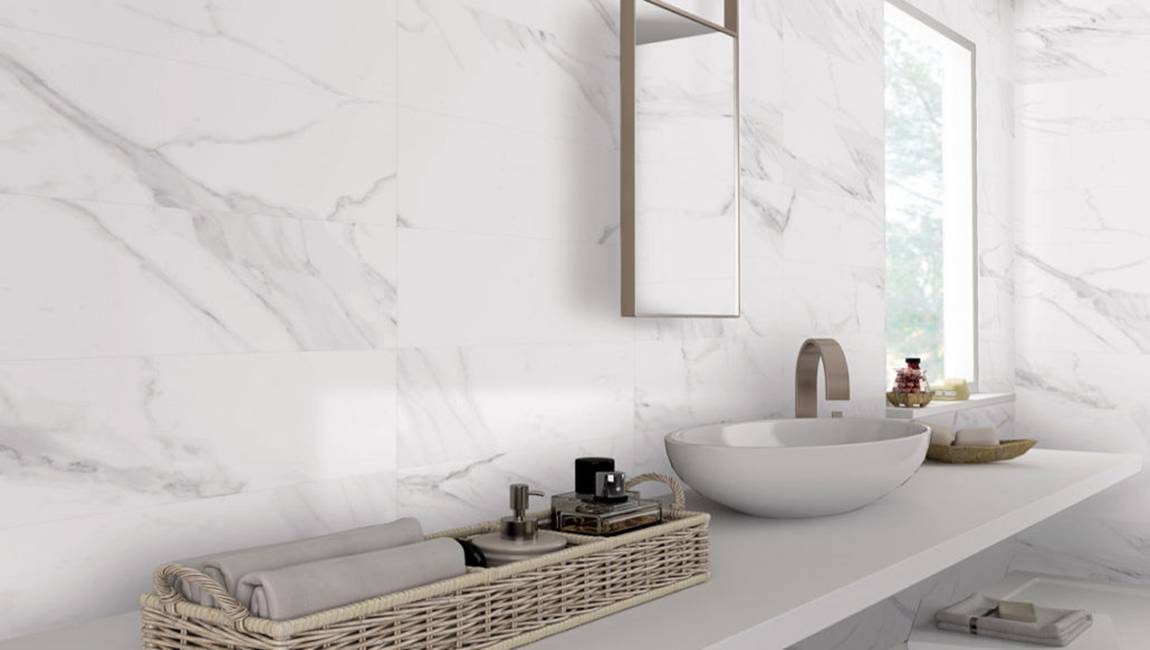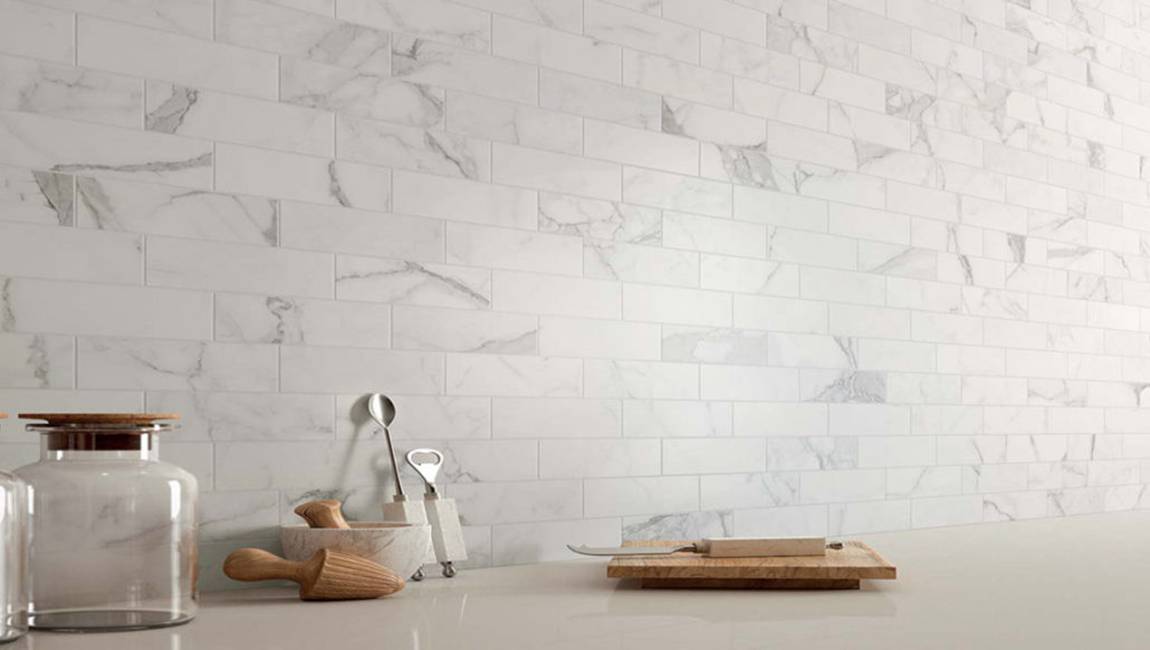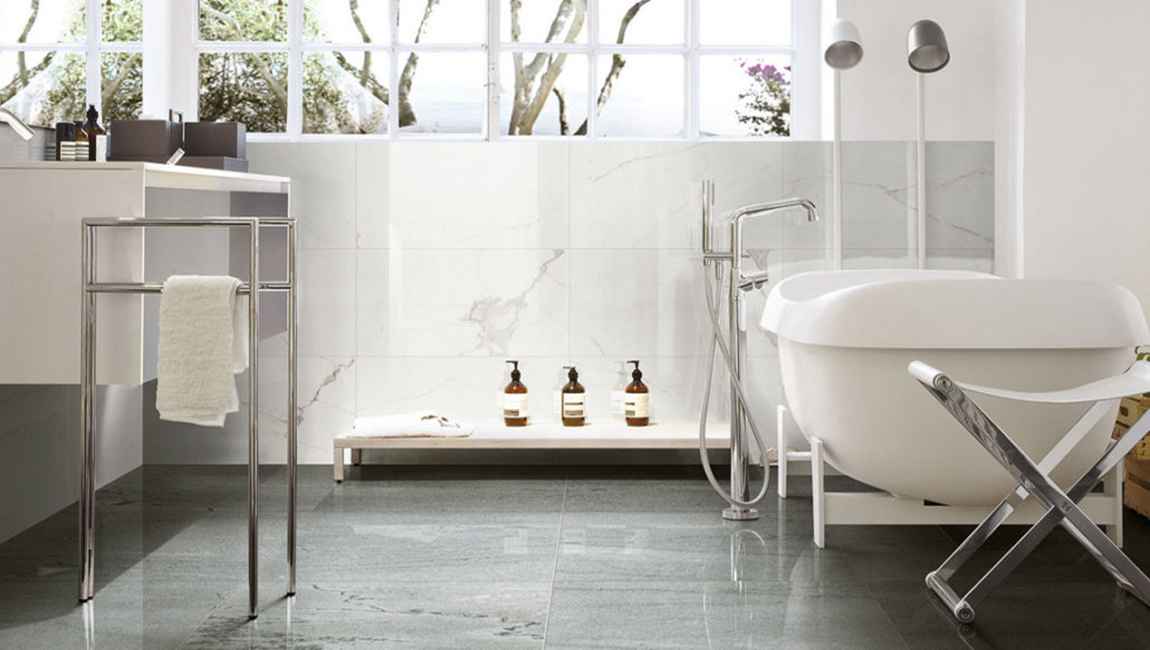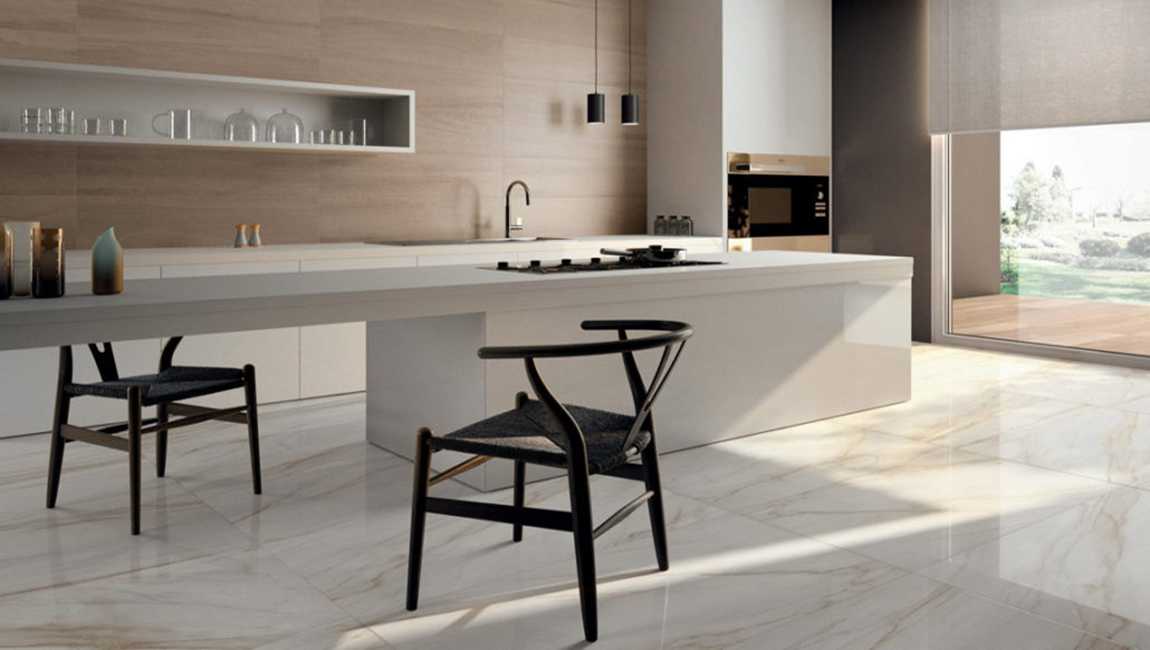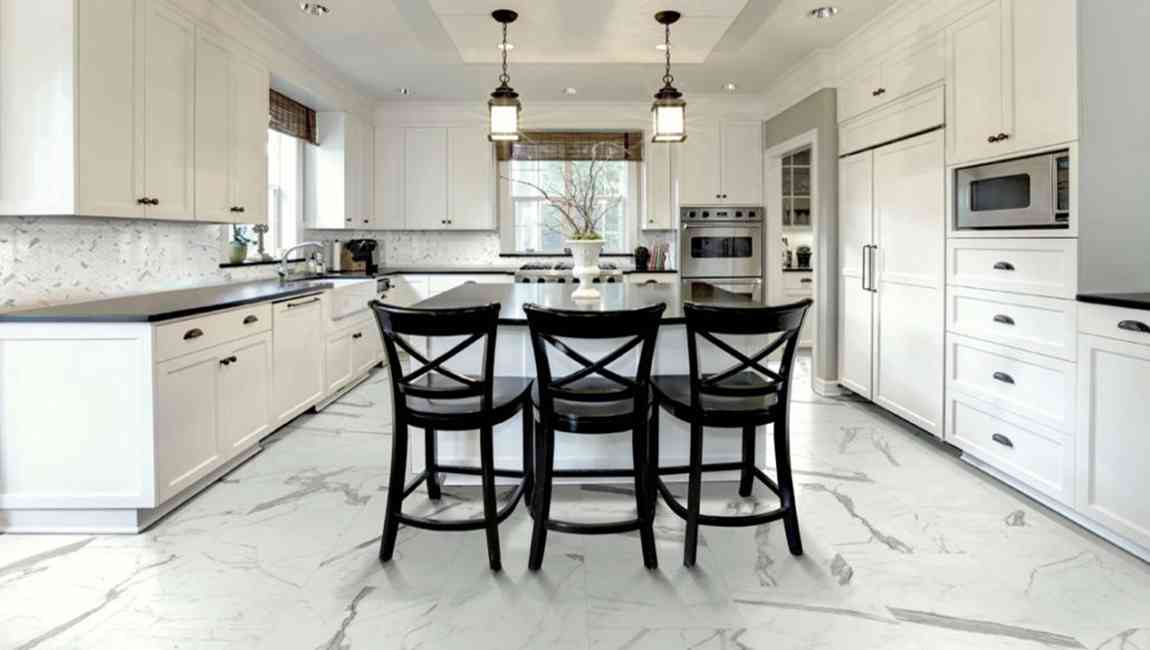Is the better the whiter quality of tile?
When the family decoration is purchased, many ordinary consumers are entangled in the color and lustre of the brick. Generally, they will choose the brick products with white brick. Although the color and quality of most tiles are not proportional to the quality, the normal quality of the tiles can not be determined by the color and lustre of the bricks, but the undeniable point: White tiles with large size tiles have great competitive advantages in product sales.
In the case of fierce market competition and serious product homogenization, the manufacturer makes a distinction between the quality of the product, and the selection of the white tile material and the iron removal process are more complex. Due to the related marketing, the low degree of quality of tile itself has created the effectiveness of marketing, resulting in general consumers blindly being followed and misled. Some ceramic manufacturers sell their inferior quality and color and lustre ceramic tiles in the market. For a long time, the ceramic tile products with deep color and lustre have left a very bad reputation in the market.
Some ceramic tiles have high requirements for whiteness, such as micro – powder tiles. It is necessary to improve the whiteness of white lines and transparency of transparent materials to improve the sense of the product. There are several ways to increase whiteness: One is to increase the amount of zirconium silicate; The two is to reduce the content of iron oxide in raw materials (white and transparent materials), so as to improve the permeability of products.
The most important factor affecting whiteness of ceramic floor tile is the content of ferric oxide and titanium dioxide in raw material, especially iron oxide content.
The raw materials for producing ceramic bath tile are mainly divided into two parts, feldspar raw materials account for about 80%, and clay materials account for about 20%. Generally, the content of ferric oxide in raw feldspar material is less than 0.2%, and the content of feldspar iron oxide in finishing (such as water mill) is less than 0.08%. The content of iron oxide in clay materials is about 1.2% ~ 1.8%, and the content of iron oxide in washed clay is about 1.2%.
The iron oxide in the green body is mainly carried by clay materials. In order to improve the whiteness of ceramic tile flooring, we must control the content of iron oxide in clay and choose refined clay. For example, the main indicators of ultra white washed clay produced by some manufacturers are: The content of iron oxide is less than 0.5%, generally around 0.4%, and the electric furnace is 90 degrees white, and the firing degree of kiln is 82 degrees. High strength and proper loss of ignition will not cause difficulty in forming or black heart when firing.
The main means to reduce the content of iron oxide is to select high quality mineral resources and two to remove iron from water.
After processing, the composite white iron oxide with low content and high strength meets the needs of tile production. However, it should be noted that some ultra white mud is very harmful to tile production when it is processed to increase whiteness and add a lot of quartz powder. Some of the northern clay with high whiteness and high fixed carbon content and large loss of burning loss is used as raw material. Although the clay whiteness of the synthesized clay is high, it is easy to produce black heart, and its strength is low, and it is not easy to form.
The whiteness of ultra white mud can not be examined solely, but also the brightness of the simulated products.
The general method of detection is: 70% of the billet was mixed with albite and 30% super white mud. After mixing ball milling, the cake was fired and the whiteness was measured in the furnace. The whiteness measured in this way is the whiteness reflected in the actual production. There is also a simple way to soak the burnt white mud cake into the water to see the change of whiteness after soaking. All iron oxide with high content of clay, whiteness of white mud super hard; low iron content, whiteness of generally not more than 10 degrees.
In addition to whiteness, mud mobility and forming strength are also important indicators of ultra white mud. Poor fluidity of mud will cause difficulties in ball milling. When the forming strength of the slurry is low, the product will crack easily.
The core index of ultra white water washing mud is: Low iron oxide content, high forming strength and whiteness after porcelain. Using ultra white mud, the production cost can be reduced and the production cost can be reduced without or less use of zirconium silicate, and the problem of excessive radiation caused by the use of zirconium silicate is also avoided.


